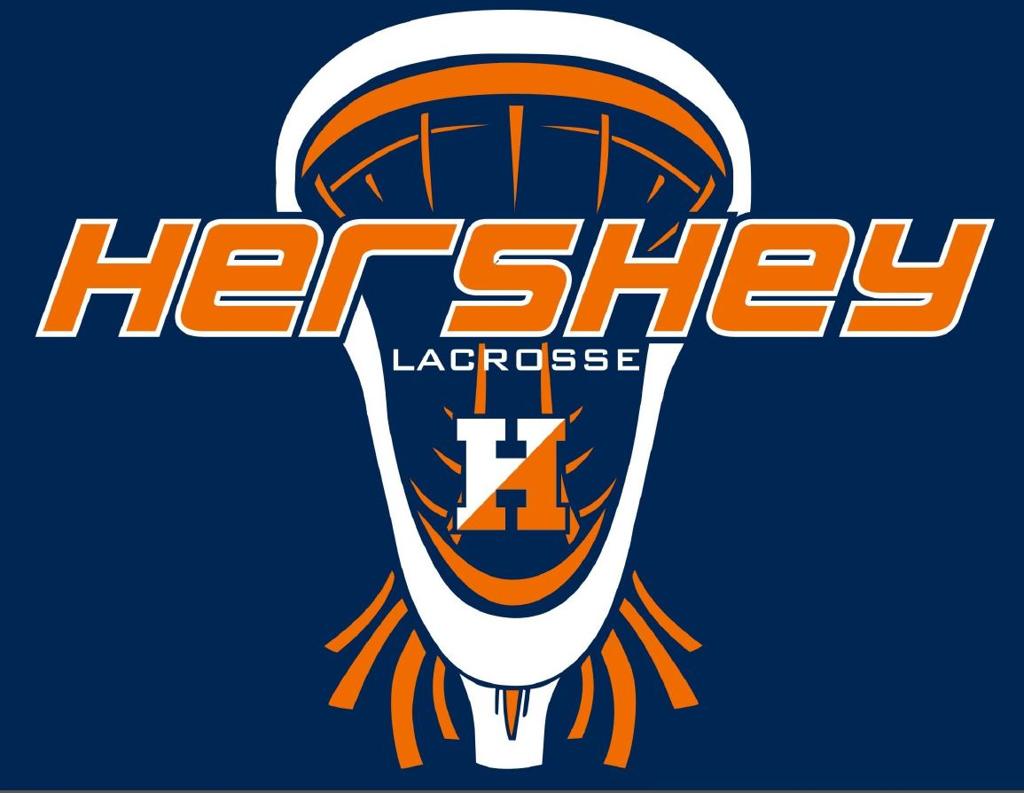This is the second part in a series on how to start lifting and the basics that I wish I had known when I first started. Programming is essential when starting to lift. Having the right routine is crucial in making as much progress as possible.
Disclaimer: This article was not written by a medical professional, certified strength coach, or certified personal trainer. Do not begin an exercise program without consulting your doctor, and always make sure to lift with a partner who knows what they are doing to minimize potential for injury.
When creating a program, there are a few factors that need to be considered. First, how many days will you go? There are a lot of conflicting opinions on this. Arnold Schwarzenegger, actor and Mr Olympia winner, trained six days a week for multiple hours each workout. Mike Mentzer, Schwarzeneggar’s long time rival, lifted just one times a week for less than an hour. The general consensus now is that around four to five days a week is best. Everyone is different however and it is important to change things up on occasion and “experiment” on yourself to see if more or less days are required.
It is best to assign each day a few muscle groups to primarily work. This is called a split. Generally it’s best to work each muscle twice a week and to train similar muscles together, descending through the routine from the largest and strongest muscles like chest and back, to the smaller muscles like triceps and biceps, according to a meta analysis by the National Institute of Health. There are a few splits that are most commonly used, The push pull legs split where you do chest, triceps, and shoulders one day than back and biceps the next then legs the third day is probably the most popular and my personal favorite, however it has a downside in that it tends to neglect arms and require six training days a week. Another big one is the upper lower split where you do two upper body days and two lower days a week. This is an excellent split as well and great for recovery, especially when using high intensity on your lifts. Again, what’s most important is finding what works best for you and your goals. Every split has pros and cons but they are all almost the same and will all gain you muscle.
Exercise selection is another major factor. The goal should be to find exercises that best take your muscles through their full range of motion if your goal is muscle growth. If your goals are power and raw strength, you could opt for bench press, squat, and deadlift. Find exercises that you like and feel good for you. If you do not have access to the best equipment, that’s okay, there are alternatives to every exercise. Just a set of dumbbells can be great for muscle growth as long as you are training hard and progressively adding weight or reps.
What matters significantly more is how many sets per week each muscle is working. 10-20 sets per muscle group per week is generally the best for gaining muscle. More than that and your body won’t be able to recover and build up muscle, while less than that won’t provide the muscle enough stimulus to grow as fast as possible. In these sets, you must select a rep range that best suits your goals. Contrary to popular belief, the number of reps used in each set is not quite as important as one would believe. Muscle will optimally grow anywhere from 5-30 reps, however 6-15 is usually best. For more strength oriented lifters, 3-6 reps is best for increasing single rep maximum strength.
The final factor that must be considered is intensity, the most important factor for muscle growth. Training truly to failure is the number one way to gain muscle in your workouts. As a beginner, full intensity is not as necessary and leaving a rep or two in the tank will still get results, but as progress slows down intensity is incredibly important.
Tracking your progress is necessary to maximize hypertrophy. Progressive overload (progressively adding weight or reps) will help stop you from plateauing (when you stop making progress) and keep your numbers going up. Because of this I have made a 24 week spreadsheet so that you can track your progress over time.
Programming can make or break your first few years of lifting. An efficient and effective routine will allow you to make your best progress for your goals in the gym.




